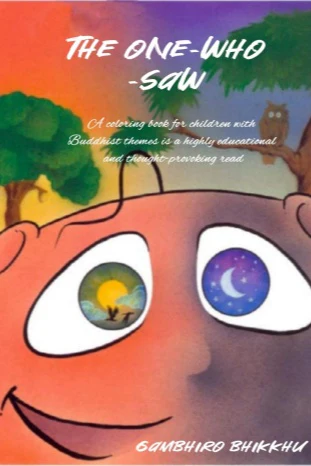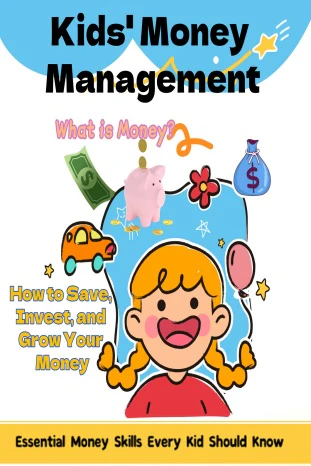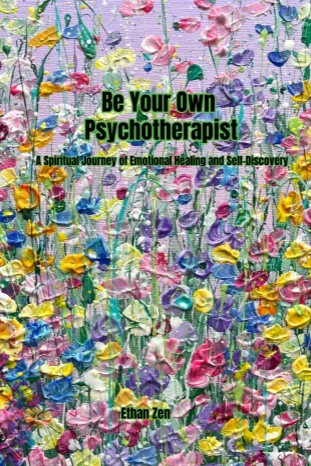The Gentle Power of Slowing Down: A Parenting Reflection
One who rushes through life often carries a deeper anxiety and insecurity. When we are hurried and impatient, it becomes difficult for our children to settle their minds. Over time, they may develop habits of distraction and superficial compliance. As parents, we are not immune. Our haste often stems from a subconscious fear—fear that our children will miss their window of opportunity, fall behind others, or that we’ll overlook something vital in their education.
But in truth, this anxiety is ours—not theirs. When we constantly urge our children with “Hurry up, hurry up,” we unintentionally send a message: “What you’re doing now doesn’t matter; what’s next is more important.” Such a message can erode their ability to concentrate, their sense of self-worth, and their inner peace.

1. The Hidden Costs of Constant Urgency
Many parents feel this inner tension. After school, a child sits to enjoy a cartoon. The first words out of a parent’s mouth? “How long have you been watching? One episode, then it’s time to practice the flute.”
Later in the evening: “Time to shower, we need to read soon.” Or during quiet drawing: “Your class starts soon, better wrap up.”
These reminders come from a good place. We want to help our children build habits, manage time, and stay on track. But this constant state of urgency creates a pressure that keeps children from fully immersing in the moment. They internalize this rhythm—rushed, distracted, never fully present.
So what are we really afraid of?
Perhaps it’s that lingering worry: if every minute isn’t used efficiently, they’ll fall behind. In today’s educational climate, many fear their child will miss key developmental windows or lag behind peers. This invisible pressure drives us to pack each day to the brim, afraid to waste a single second.
Yet, as the Buddha taught:
“There is no fire like lust, no grip like hatred, no net like delusion, no river like craving.” (Dhammapada, v. 251)
When craving for control or perfection drives our parenting, it becomes a net—entangling both ourselves and our children in constant tension.
2. What Children Truly Need
Childhood should not be dominated by stress or urgency, but by ease, exploration, and wonder. True focus does not arise from constant reminders—it blossoms when a child feels free, calm, and interested.
Focus is the ability to lose oneself in the present—not the constant shifting of attention between tasks.
American writer Henry David Thoreau once wrote in Walden:
“A man is rich in proportion to the number of things he can afford to let alone.”
He chose a life of simplicity, away from the chaos of the city, to reconnect with the rhythm of nature. His philosophy offers a powerful insight for parenting today.
Instead of hurrying our children through each task, perhaps we can give them simple, undisturbed moments. Let them enjoy what they love. Let them feel the serenity of just being.
As the Buddha said:
“Just as a flower does not pick and choose the bees it attracts, let your mind be open and still—unmoved by haste, untouched by fear.”
This wisdom invites us to parent from stillness, not from urgency.
Recommend more books on parenting, personal growth, mindfulness, philosophy, and meditation.
3. A Space for Natural Growth
If a child lives in a state of constant urgency, their attention span cannot develop in a healthy, sustained way. Over time, they may form a chronic inner restlessness—always worrying about what’s next, never enjoying what is.
We need to slow down.
Instead of always saying “hurry up,” try giving your child more space and time. Let them move at their own rhythm. When they are drawing, reading, or playing, sit quietly nearby. Wait for them to finish naturally before suggesting the next step.
You may find that once you slow down, they do too. They become more present, more willing, more joyful. When they sense that what they are doing is respected, they feel valued—and that feeling cultivates peace.
What truly helps a child grow is not constant urging, but patient presence. Let them breathe. Let them play. Let them rest. From that space, deeper learning and inner strength will emerge.
As the Dhammapada reminds us:
“Few are those who cross the river. Most run up and down the shore.”
To truly support our children, we must be among the few who dare to slow down—who choose depth over speed, and presence over performance.
In Closing
A child who feels calm and secure inside will always have more room to grow than one who is anxious and rushed. Choosing a slower, simpler way to walk with them is not falling behind—it is creating space for true development.
Let us offer our children time to experience the beauty of now.
This is not just an act of love for them—it is also a mirror for our own healing.
Today’s Reading Recommendation: The One Who Saw: Buddhist Illustrated Children’s Books
Book summary
“There once was a happy land where the inhabitants lived a happy and harmonious life. They were kind to one another and their ways were simple. Their wants were few…” An illustrated Buddhist story about the “One Who Saw” combines Buddhist themes into a children’s book.
Excerpt from the original text
But no one knew where or when the stones would appear for there was no set pattern.
So the inhabitants of the land began to walk around with their eyes glued to the ground in front of them.
In that way, they thought, they would be the first to find a stone the moment it appeared.
Author’s introduction
Gambhiro Bhikkhu, a Buddhist monk, delves into the core teachings of the Buddha. His works primarily consist of Buddhist children’s literature, presented in a simple and understandable manner, aiming to cultivate mindfulness in children and hold profound educational significance for them.








